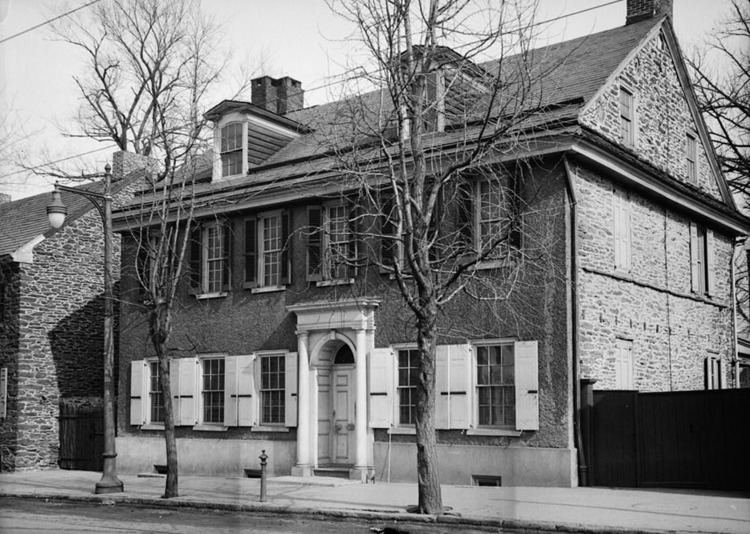Area < 1-acre (4,000 m) Architectural style American Georgian Opened 1744 Added to NRHP 16 March 1972 | Built 1744 NRHP Reference # 72001155 Phone +1 215-843-4820 | |
 | ||
Address 5267 Germantown Ave, Philadelphia, PA 19144, USA Similar Cliveden, Hill‑Physick House, Germantown White House, John Johnson House, Powel House | ||
Tour of grumblethorpe house in germantown pa
Grumblethorpe, in Germantown, Philadelphia, Pennsylvania, was the home of the Wister family. With its strong stone and oak facade, Grumblethorpe was known as "John Wister's Big House." It is also a charming house, with lower-ceilinged rooms than those at Cliveden, Loudoun, or Stenton. It was built as a summer residence in 1744 by Philadelphia merchant and wine importer John Wister. It eventually became the family's year-round residence when they withdrew from the city during the Yellow Fever Epidemic of 1793. The stones for the house were quarried on the property and the joists were hewn from oaks in Wister Woods, also owned by the family. The original section of the Grumblethorpe Tenant House was built as a dependency.
Contents
- Tour of grumblethorpe house in germantown pa
- Grumblethorpe farmstand is open for the 2015 season
- References
Because it was built on the fertile soil of Schuylkill Valley, Grumblethorpe’s garden was among the most productive in the region, giving way to a lush and varied array of plants on the property. As such, the Grumblethorpe property was primarily a working farm, and it held dominance over Philadelphia’s horticultural trends nearly two centuries (1740-1910).The land was a prime source of marketable crops and animal husbandry from the 1740s to the 1870s, and only decreased in practical use when the farmstead grew smaller in the late 19th century. [1]
In September 1777, the house was the scene of events in the Battle of Germantown. While the Wisters were staying in another home, British General James Agnew occupied the house as his headquarters during the battle. He was wounded and died in the front parlor, where his blood stains can still be seen on the floor.
The Wister family lived in the house for over 160 years. Diarist Sally Wister (John's granddaughter) lived here from 1789 until her death in 1804. The house, which has been restored and refurnished to match the original period, now serves as a museum. The historic gardens are also being restored.
Grumblethorpe was listed on the National Register of Historic Places in 1972. It is a contributing property of the Colonial Germantown Historic District, which has been designated a National Historic Landmark.
